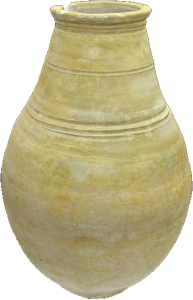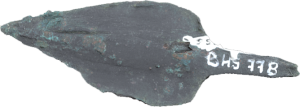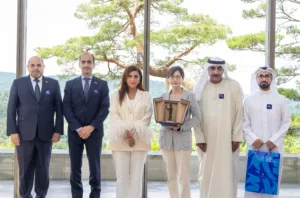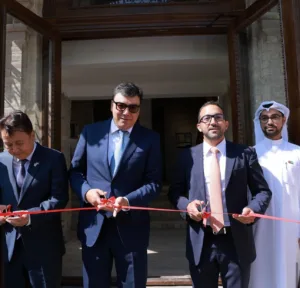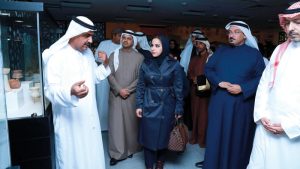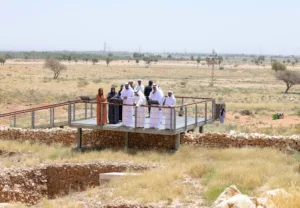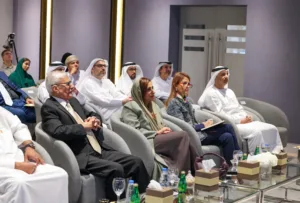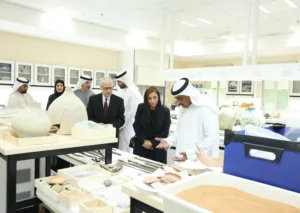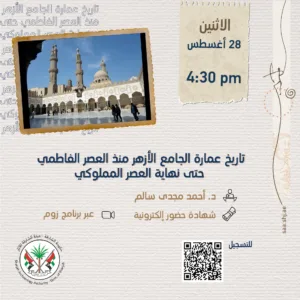Welcome to
SHARJAH ARCHAEOLOGY AUTHORITY
A SUSTAINABLE WORLD CULTURAL HERITAGE FOR SHARJAH EMIRATE’S AUTHENTIC ARCHAEOLOGY
About
Sharjah Archaeology Authority
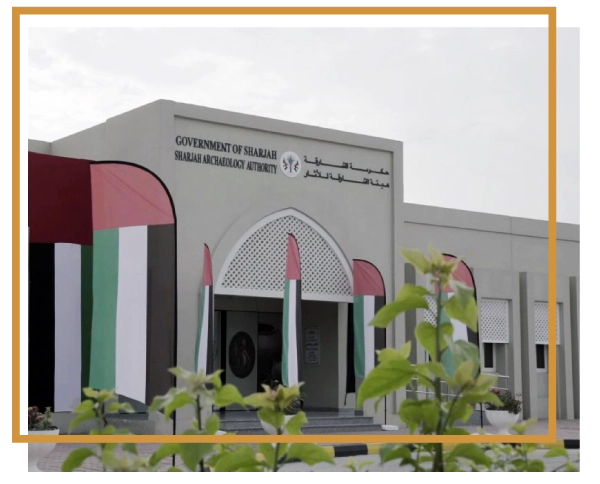

Historical highlights in the depths of human civilization
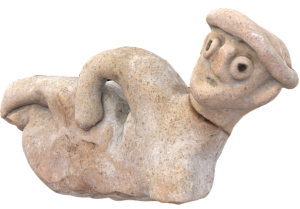
Pre-Islamic male figurine wearing turban
Pre-Islamic terra-cotta figurine represents a lying man wearing turban. Mleiha, Sharjah, UAE. On display in the Mleiha Archaeological Center. 1st Century CE.
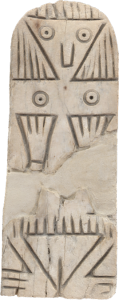
Ivroy Carving
Small ivory carving from Dibba al-Hisn, Sharjah, UAE. Appears to be a stylized female. Dated to the 1st century CE.
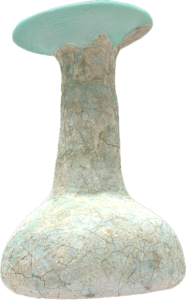
Glass Vessel
Opaque Glass Vessel, Dibba Al Hisn, Sharjah, 1st C. CE Glass was an important export product of the Mediterranean Roman world from the middle of the first century BC onwards. Large quantities reached the Oman peninsula. This specimen was discovered in a communal tomb at Dibba al-Hisn (Sharjah Emirate) on the East coast of the […]

International Exhibitions
Various exhibitions narrating Sharjah’s civilization and history

Our Latest Publications
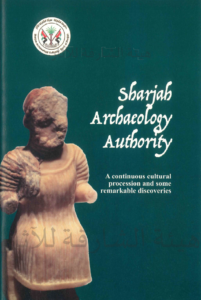
Sharjah Archaeology Authority Continuous Cultural procession
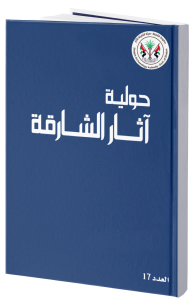
ANNUAL SHARJAH ARCHAEOLOGY ISSUE 19
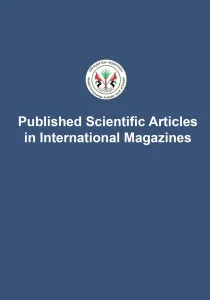
The excavation of a camel cemetery at Mleha, Sharjah, U.A.E.
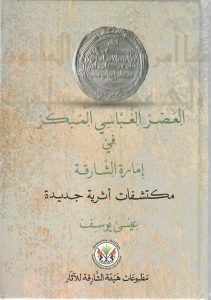
Early Abbasid Era in the Emirate of Sharjah
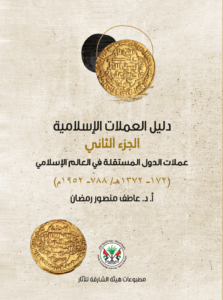
Islamic Currency Guide – Part 2
News Update
We narrate the news through story, history, and archaeological remains.

